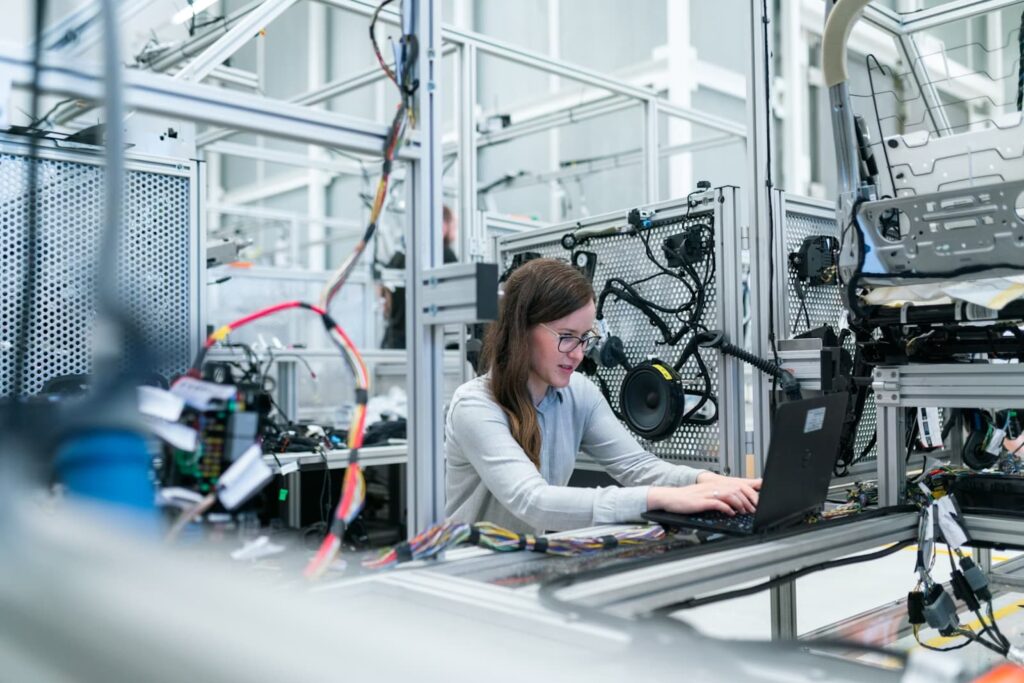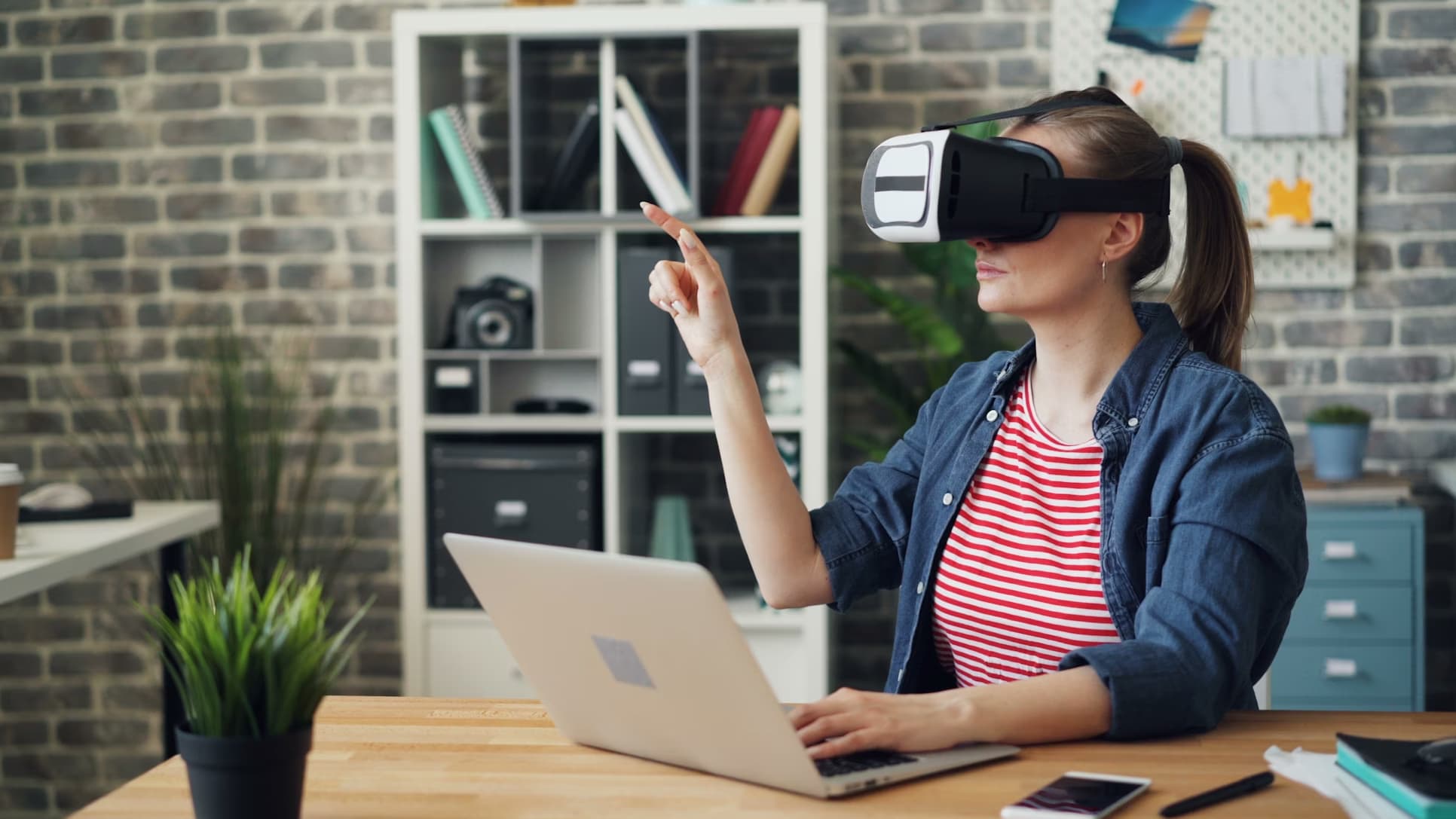As web developers, we often focus on creating responsive, user-friendly websites for conventional devices like desktops, tablets, and smartphones. However, the landscape of technology is rapidly evolving, introducing us to non-traditional interfaces such as smart mirrors, augmented reality (AR) glasses, and various IoT devices. These emerging technologies offer exciting new opportunities and challenges in web development. In this article, we will explore the intricacies of developing for these unconventional interfaces and how they can transform user experiences.
Understanding Non-Traditional Interfaces
Smart Mirrors: Reflecting the Future
Smart mirrors are a fascinating example of how everyday objects can be enhanced with technology to provide additional functionality. These devices, which look like regular mirrors, are embedded with digital displays and internet connectivity, allowing them to show information such as weather updates, news, calendar events, and even personalized health metrics.
Development Considerations:
- User Interface (UI) Design: The UI for smart mirrors needs to be minimalistic and non-intrusive. Since users interact with these mirrors while performing other tasks, the information displayed must be clear and easy to digest at a glance. Using large, bold fonts and simple graphics ensures readability from a distance.
- Touch and Voice Interaction: Some smart mirrors are equipped with touchscreens or voice recognition capabilities. Developers need to create intuitive touch interfaces or implement voice commands to enhance user interaction without compromising the mirror’s primary function.
- Performance Optimization: Since smart mirrors typically run on low-power hardware, optimizing the performance of web applications is crucial. This includes minimizing the use of heavy scripts and ensuring efficient loading times.
Augmented Reality Glasses: A New Dimension of Interaction
AR glasses overlay digital content onto the real world, creating immersive experiences that blend the physical and digital realms. These devices can be used for a variety of apps, from navigation and gaming to professional training and remote assistance.
Development Considerations:
- Spatial Awareness and Tracking: AR glasses rely on accurate spatial awareness to place digital objects correctly in the user’s field of view. Developers must utilize advanced tracking technologies and algorithms to ensure seamless integration of virtual elements with the real world.
- User Experience (UX) Design: The UX for AR glasses should prioritize unobtrusiveness and relevance. Displayed information should be contextually aware and adaptive to the user’s environment and activities. Implementing gesture-based controls and voice commands can enhance usability.
- Cross-Platform Compatibility: Developing AR applications that work across different AR glasses platforms can be challenging due to variations in hardware and software capabilities. Utilizing frameworks like ARCore and ARKit can help achieve broader compatibility.
Challenges and Solutions in Developing for Unconventional Interfaces

Hardware Limitations and Performance
One of the primary challenges in developing for non-traditional interfaces is dealing with hardware limitations. Devices like smart mirrors and AR glasses often have less processing power and memory compared to conventional devices. This necessitates a focus on performance optimization and efficient resource management.
Solutions:
- Lightweight Frameworks: Utilize lightweight frameworks and libraries that are optimized for low-power devices. For example, using Vanilla JavaScript instead of heavy frameworks can reduce overhead.
- Efficient Asset Management: Compress images, minimize the use of large media files, and employ lazy loading techniques to ensure efficient asset management and faster load times.
- Edge Computing: Implement edge computing strategies to offload processing tasks from the device to local servers or the cloud, reducing the computational burden on the device itself.
User Interaction and Interface Design
Designing user interfaces for non-traditional devices requires a different approach compared to conventional web pro. The unique form factors and interaction methods necessitate innovative UI/UX design strategies.
Solutions:
- Adaptive Design: Create adaptive designs that can adjust to various screen sizes and orientations. This includes responsive layouts that cater to different viewing angles and distances.
- Context-Aware Interfaces: Develop context-aware interfaces that adapt based on the user’s environment and activities. For instance, a smart mirror could display workout routines when it detects a user in a gym setting.
- Natural User Interfaces (NUIs): Implement natural user interfaces that leverage gestures, voice commands, and other intuitive interaction methods. This enhances the overall user experience by making interactions more seamless and engaging.
Future Prospects and Innovations
Integrating AI and Machine Learning
The integration of artificial intelligence (AI) and machine learning (ML) can significantly enhance the functionality of non-traditional interfaces. For instance, smart mirrors equipped with AI can provide personalized skincare advice based on real-time analysis of the user’s skin condition. Similarly, AR glasses with ML capabilities can offer real-time language translation or identify objects in the user’s surroundings, providing contextual information on the go.
Innovative Applications:
- Personalized Experiences: AI and ML can enable personalized experiences by analyzing user data and preferences. This can lead to more relevant and engaging content being displayed on smart mirrors or AR glasses.
- Predictive Maintenance: For IoT devices, AI can predict maintenance needs based on usage patterns and sensor data, enhancing the longevity and reliability of these devices.
Expanding the Web’s Reach
As web devs, embracing these emerging technologies allows us to expand the reach and impact of our web applications. By designing for non-traditional interfaces, we can create innovative solutions that enhance everyday objects and experiences, making technology more integrated and accessible in our daily lives.
In conclusion, web development for non-traditional interfaces such as smart mirrors and AR glasses presents unique challenges and exciting opportunities. By understanding the specific requirements of these devices and leveraging innovative design and dev strategies, we can create engaging and efficient applications that push the boundaries of conventional web development. As technology keeps evolving, staying ahead of these trends will ensure that we remain at the forefront of this dynamic and ever-changing field.

